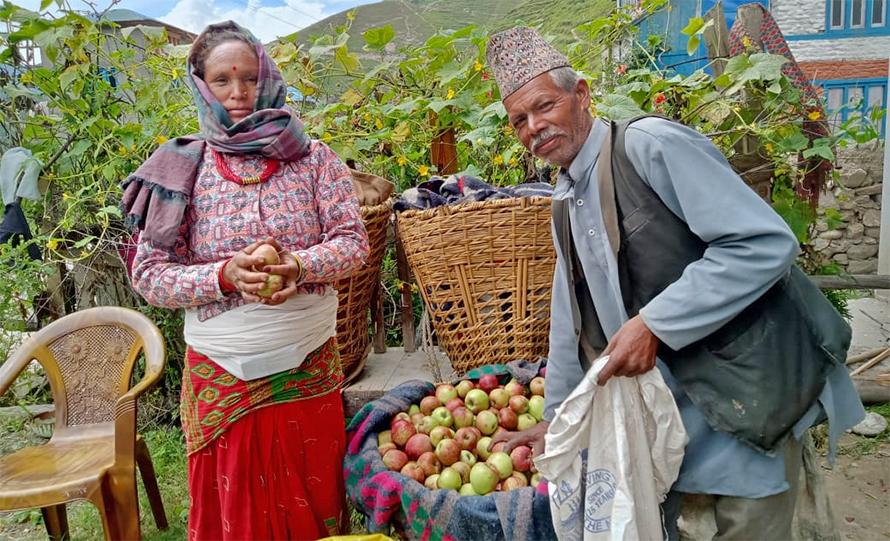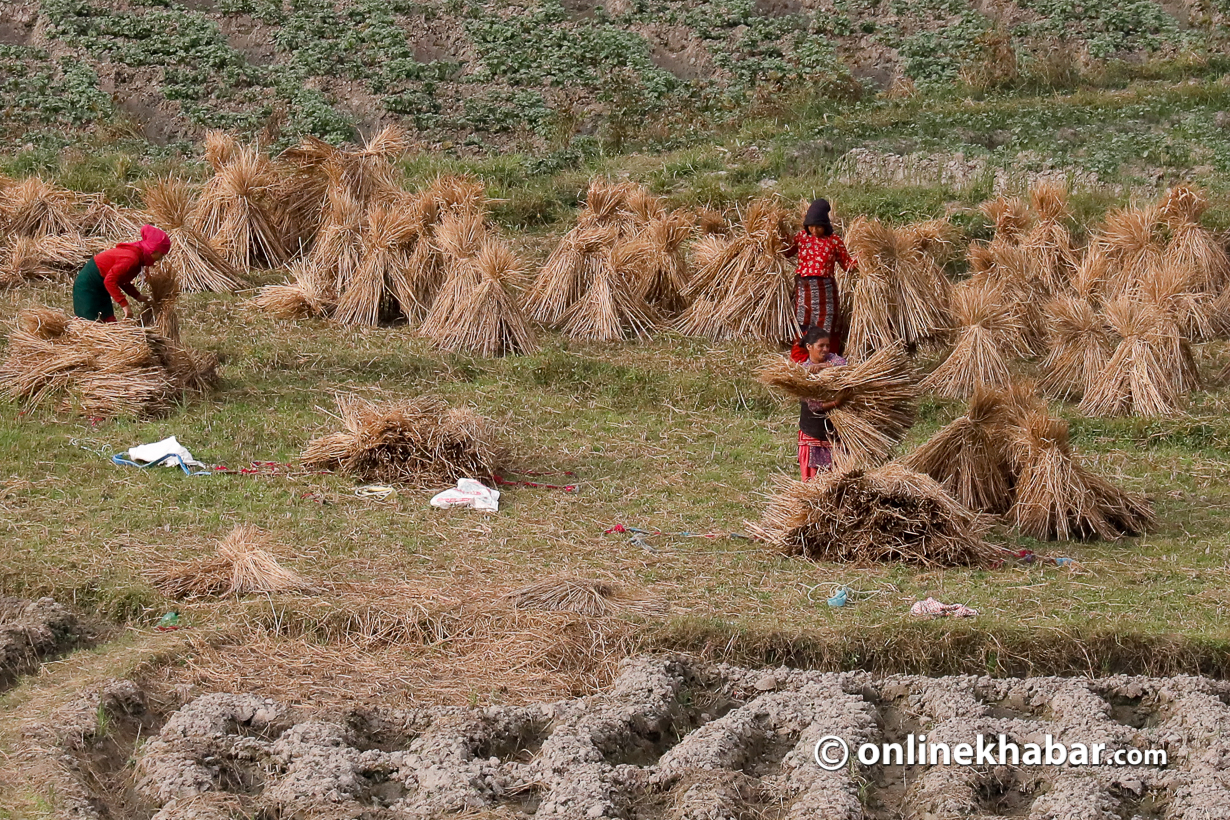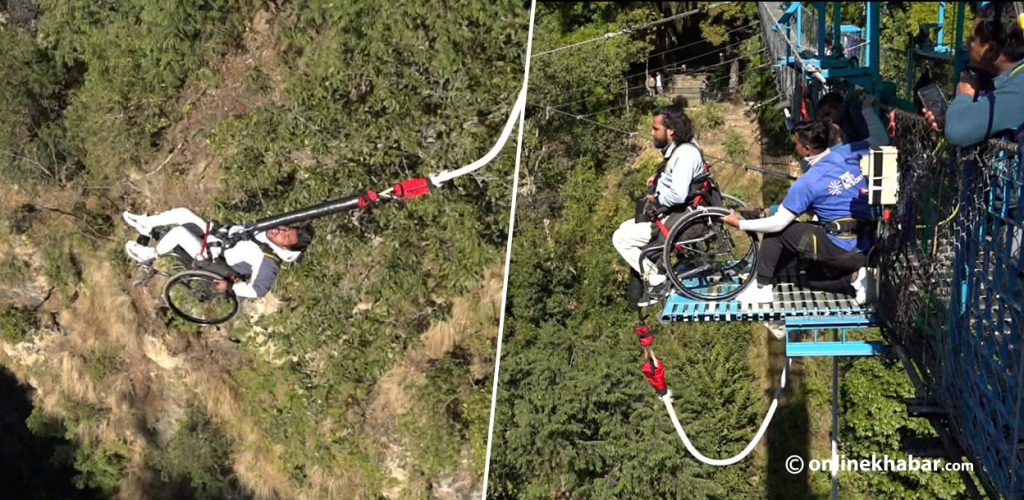
File
Nepal’s agricultural sector plays a vital role in the country’s economy, contributing nearly a quarter of the agricultural GDP. Over the years, the government has increased its budgetary allocation for agriculture, reaching nearly Rs 57.48 billion in the current fiscal year 2082/83 BS.
Despite this significant investment and ambitious policy initiatives, the reality on the ground paints a starkly different picture-one where farmers still struggle with old challenges such as erratic weather, pests, poor infrastructure, and weak market access.
This contrast between paper plans and field realities highlights the urgent need for a simplified and pragmatic approach to agriculture in Nepal.
Official statistics from the Ministry of Agriculture and Livestock Development often claim steady increases in the production of grains, vegetables, fruits, pulses, cash crops and animal products like eggs, milk, meat etc.
However, when visiting the farms across many districts, one encounters a different reality. Climate change has brought unpredictable hailstorms, floods, and unseasonal rains that destroy crops, livestock products and reduce yields. Pest attacks and diseases further exacerbate losses.

Many farmers find themselves forced to discard unsold vegetables, milk, and eggs by the roadside due to inadequate market networks and low prices. Meanwhile, the Nepali market is flooded with fruits and vegetables imported from India, raising concerns about pesticide residues and food safety, as proper quarantine and quality checks remain insufficient.
The data used to inform policy decisions also lacks reliability. At the local level, agricultural data collection is often inconsistent or manipulated, making it difficult to accurately assess production trends and resource needs. This disconnects hampers effective planning and resource allocation.
One of the core challenges lies in the education and training system. Nepal’s agricultural campuses and universities are increasing in number, yet the quality of education-especially practical, field-based training-remains unsatisfactory.
Many students graduate without ever setting foot on a farm or understanding real farming challenges. Frequent political interference and campus disruptions further degrade learning environments, leaving graduates ill-prepared for the sector.
Consequently, many educated youths struggle to find meaningful employment or start viable agribusinesses, as there is a lack of clear policies supporting youth entrepreneurship in agriculture.
The government has introduced several positive reforms and initiatives to address these issues. Subsidies on fertilizers and improved seeds, crop and livestock insurance schemes, youth-focused agricultural credit programs, and expanded cold storage facilities aim to support farmers better.
Promotion of indigenous crops through campaigns like “Proud of Local Varieties” and deployment of agriculture graduates to grassroots levels are steps in the right direction. Additionally, a unified Farmer Registration System has been launched to accurately manage farmer data and improve service delivery.
Yet, despite these efforts, implementation remains a challenge. Many programs exist only on paper or face delays and inefficiencies at the local level. The bureaucratic hurdles and lack of coordination between agencies continue to restrict access to timely inputs and technical services for farmers.
What Nepal urgently needs is simplification-streamlined processes, better coordination, and a focus on practical, farmer-centric solutions. Modern mechanization, improved extension services, digital information platforms, and climate-resilient crop varieties can boost productivity if properly deployed. Enhancing the practical training of agricultural students and creating a supportive environment for youth in agribusiness are equally important.
In conclusion, Nepal’s agriculture sector stands at a crossroads. If policies, budgets, and education remain confined to reports and certificates without reaching the farmers’ fields, the sector’s potential will remain unrealized. Only through simplifying agriculture-making it more accessible, practical, and responsive to local realities can Nepal transform farming from a struggle for survival into a sustainable and prosperous livelihood.





















